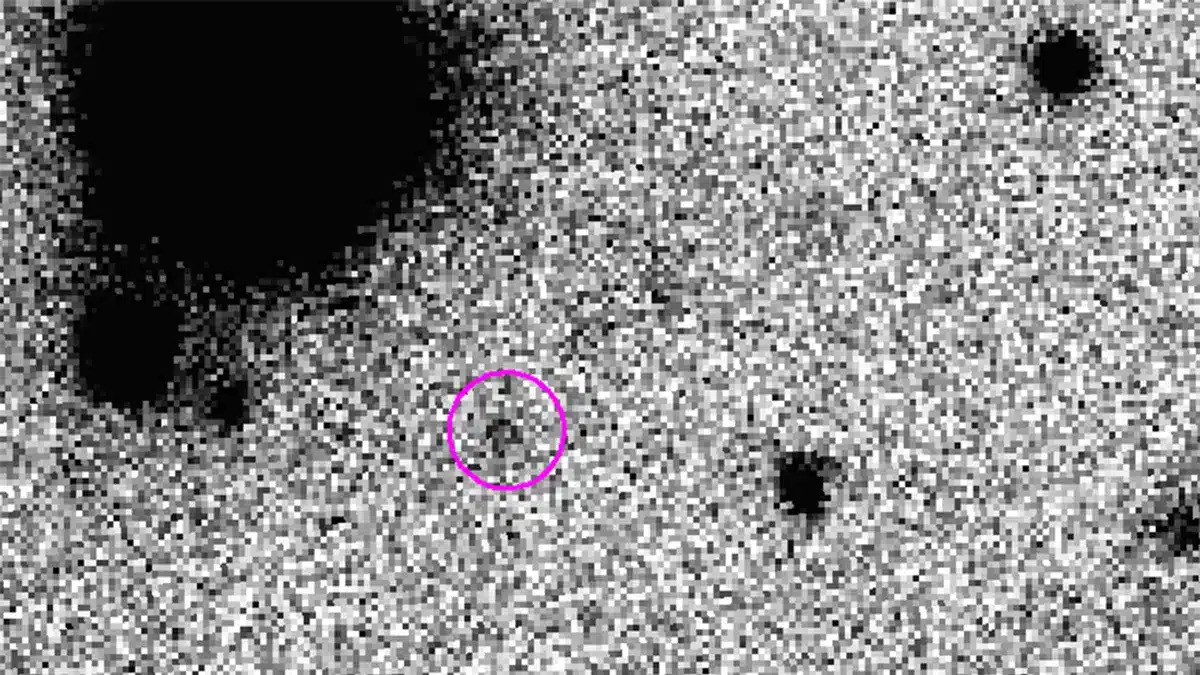In a revelation rewriting textbooks, an international team of astronomers announced today the discovery of a previously unknown celestial body orbiting beyond Neptune—a "new world" that could unravel secrets of our solar system’s infancy.
Dubbed "Lokī" after the Norse trickster god, the object measures roughly 450 km in diameter and traces a wildly elongated orbit around the Sun, completing one revolution every 1,100 years. Its detection ends a decade-long hunt for theorized bodies in the Kuiper Belt, a region of icy relics left over from the planetary formation 4.6 billion years ago.
The Eureka Moment
The discovery was spearheaded by the Subaru Telescope atop Mauna Kea, Hawaii. Using its Hyper Suprime-Cam—a cutting-edge wide-field instrument—scientists spotted Lokī’s faint infrared signature during a 2024 survey. Dr. Kenji Tanaka, project lead, described the painstaking verification: "It’s like finding a coal speck in a cosmic blizzard. Lokī’s orbit is tilted 35 degrees off the solar plane, explaining why it eluded us for so long."
A Relic from the Dawn of Time
Initial analysis suggests Lokī is composed of primordial ice and rock, with a surface darker than asphalt. Its highly eccentric path swings from 50 astronomical units (AU) to a staggering 1,200 AU from the Sun (1 AU = Earth-Sun distance). This trajectory hints at gravitational scarring from an ancient encounter—possibly with the hypothetical "Planet Nine."
"Lokī is a frozen time capsule," said Dr. Sarah Chen (Caltech). "Its chemistry could hold clues to how water and organic molecules reached early Earth."
🔗 For detailed simulations of Lokī’s orbit, see SciencePost’s exclusive visual analysis here.
Why It Matters
The discovery fuels two cosmic debates:
- Planet Nine’s Existence: Lokī’s orbital tilt aligns with models predicting unseen planets perturbing Kuiper Belt objects.
- Solar System Evolution: Its composition may reveal how icy bodies migrated inward to seed Earth’s oceans.
Next Steps
NASA’s New Horizons mission, now 60 AU from Earth, may redirect toward Lokī pending fuel assessments. Meanwhile, the James Webb Space Telescope will probe its surface chemistry later this year.
🔬 Full technical data and discovery methodology: Subaru Telescope Official Release
📌 Correction: An earlier version misstated Lokī’s orbital period. This is updated.



